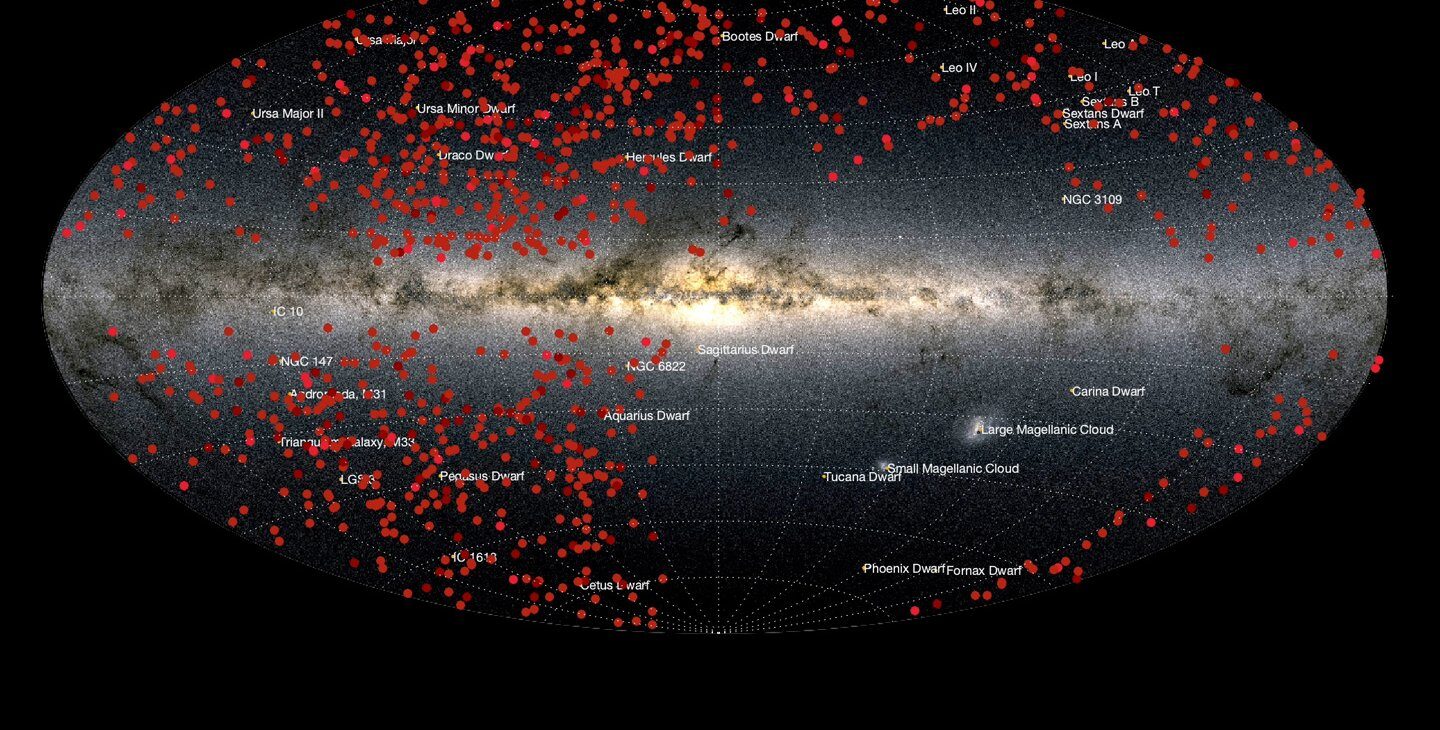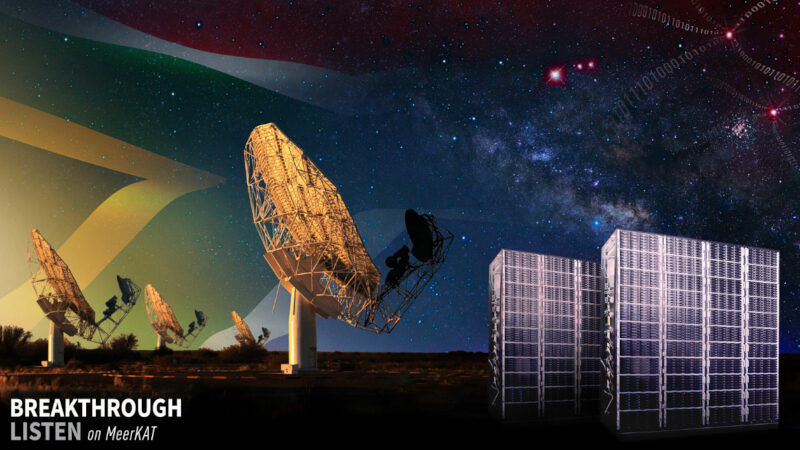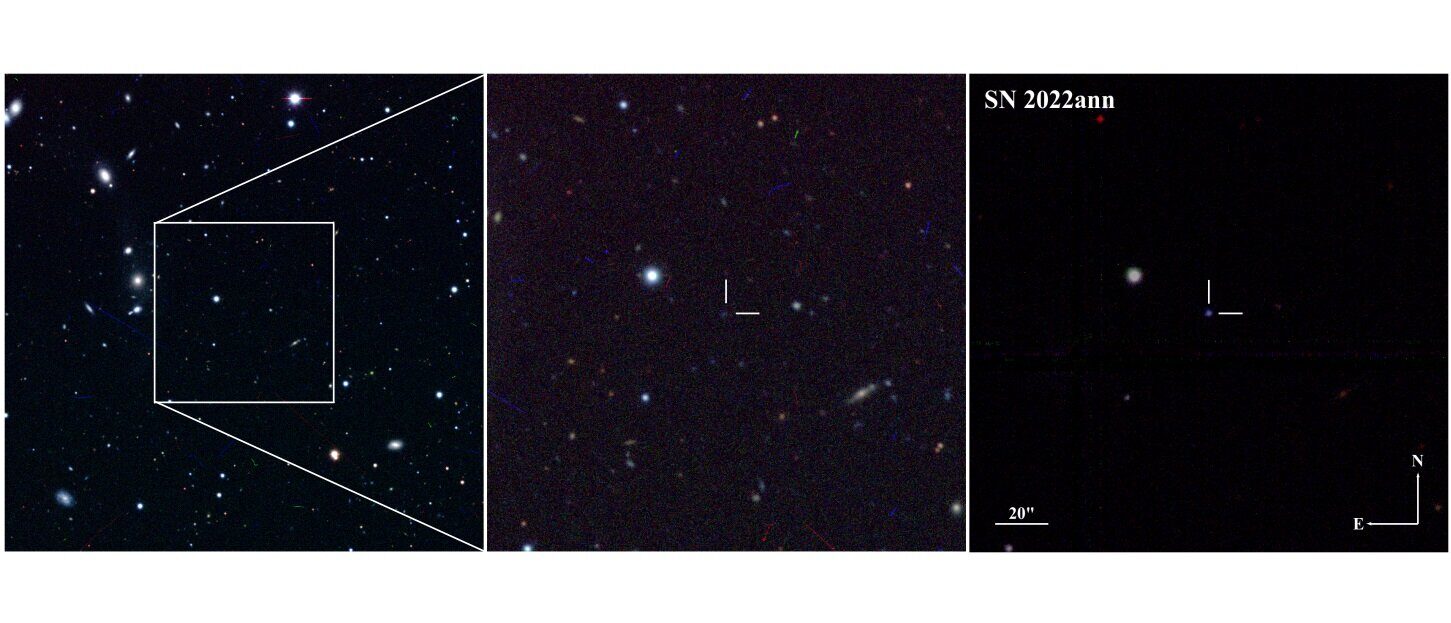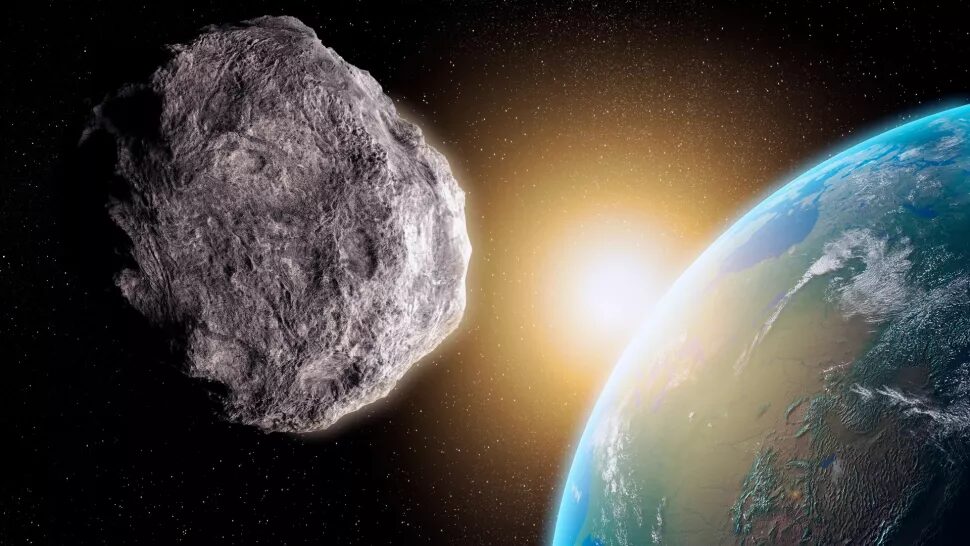
© California Institute of Technology
Today's astronomical facilities scan the night sky deeper and faster than ever before. Identifying and classifying known and potentially interesting cosmic events is becoming impossible for one or a group of astronomers. Therefore, increasingly they train computers to do the work for them. Astronomers from the Zwicky Transient Facility collaboration at Caltech
have announced that their machine-learning algorithm has now classified and reported 1000 supernovae completely autonomously."We needed a helping hand and we knew that once we train our computers to do the job, they would take a big load off our backs", says Christoffer Fremling, a staff astronomer at Caltech and the mastermind behind the new algorithm, dubbed SNIascore. "SNIascore classified its first supernova in April 2021 and a year and a half later we are hitting a nice milestone of 1000 supernovae without any human involvement".
Many of the current and most exciting scientific questions that astronomers are trying to answer require them to collect large samples of different cosmic events. As a result, modern astronomical observatories have become relentless data-generating machines that throw tens of thousands of alerts and images at astronomers every night. This is particularly true in the field of time-domain astronomy, in which researchers look for fast-changing objects, or transients, such as exploding and dying stars known as supernovae, black holes eating orbiting stars, asteroids, and more.
"The traditional notion of an astronomer sitting at the observatory and sieving through telescope images carries a lot of romanticism but is drifting away from reality," says Matthew Graham, the ZTF project scientist at Caltech.
Apart from freeing time for astronomers to pursue other science questions, the machine learning algorithm is much faster at classifying potential supernova candidates and sharing the results with the astronomical community. With SNIascore the process is shortened from 2-3 days to about 10 min, or near real-time. Such early identification of cosmic explosions is often critical to better study their physics.




Comment: No, this study proves that methane emissions are substantially NOT man-made. Could it be that there are other sources of methane that the researchers aren't accounting for? And that, for some as yet unknown reason, began surging in 2007 and spiked in 2020?
Most methane is actually released from the oceans - specifically, from stores of 'frozen' methane clathrate under the sea floor. Given that 2020 was a seminal year for human IN-activity, in terms of industry output and overall economic activity, then if there IS a 'human connection' to rising atmospheric methane levels, then it's more likely that 'pausing civilization' somehow translated into increased ruptures of methane clathrate inside the planet.